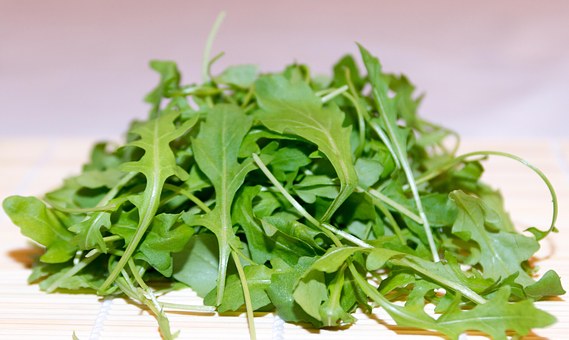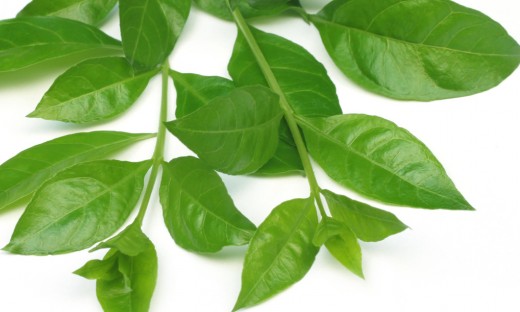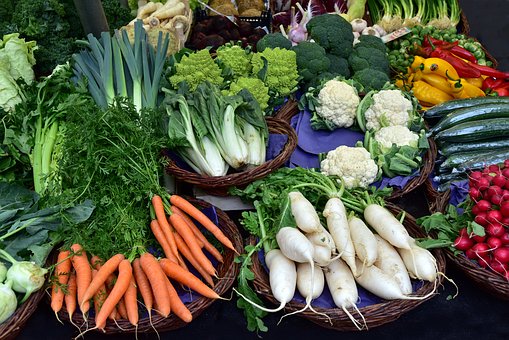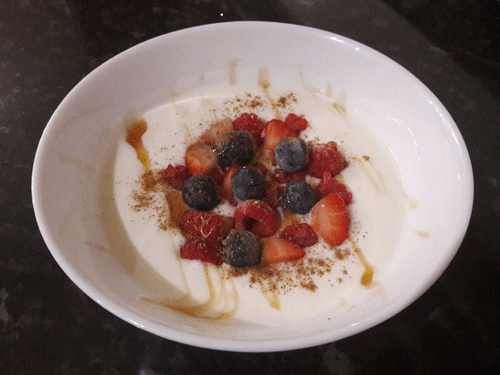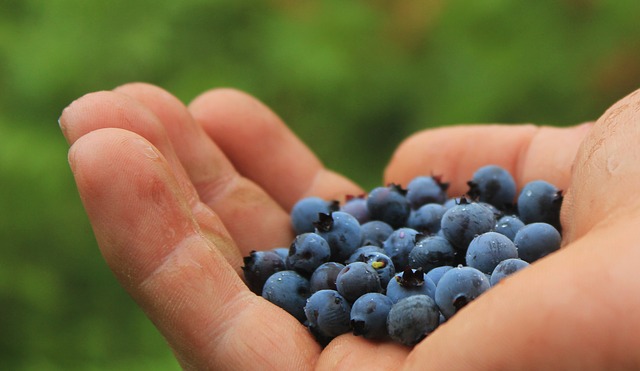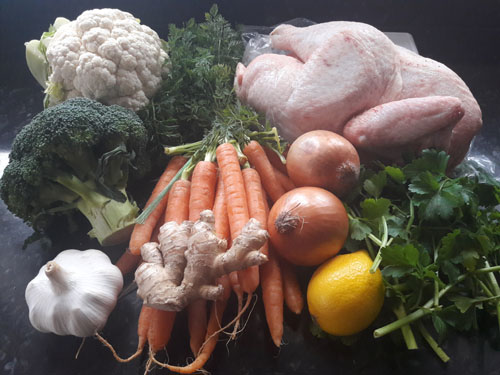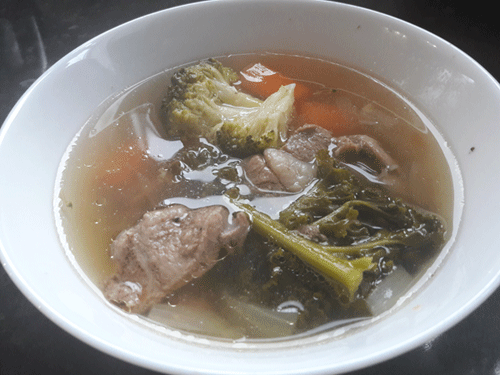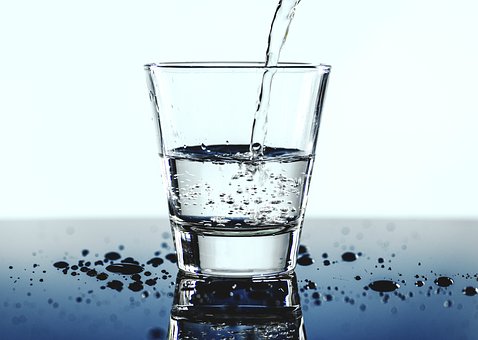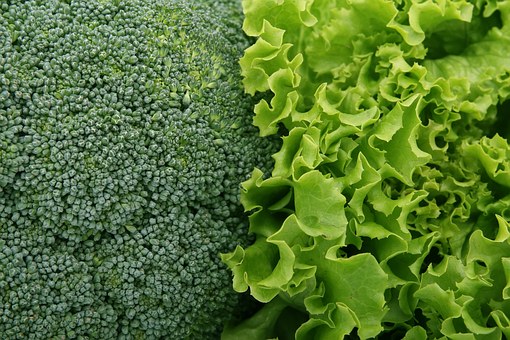Modulation of the Immune System By Hijaamah (Cupping) Therapy in Rheumatoid Arthritis
© HealthyMuslim. See Terms and Conditions

The following are some details from a research paper on the immune modulating effects of cupping therapy (hijaamah) on rheumatoid arthritis (RA) patients. The benefit of cupping treatment is that does not have the risk of toxic side effects which are found in pain relieving medications.
In the study, patients were in three groups, the first received the conventional medical treatment - which compared to the second group treated with both conventional and cupping therapy - exhibited a lower effect upon the variety of clinical and immunological parameters (such as inflammation, swelling, NK Cells, Interleukin-2 receptors etc.).
The second group that was given cupping therapy in addition to the conventional treatment showed significant improvement rates across a range of clinical, laboratory and immunological parameters. The third group was used as the control.
Paper Details and Abstract
Ahmed SM, Madbouly NH, Maklad SS, Abu-Shady EA. Department of Microbiology, Faculty of medicine For Girls, Al-Azhar University, Cairo, Egypt. Immunomodulatory effects of blood letting cupping therapy in patients with rheumatoid arthritis. Egypt J Immunol. 2005;12(2):39-51.
This study was carried out in order to evaluate the efficiency of blood-letting cupping (BLC) therapy as a complementary therapy in management of rheumatoid arthritis (RA) and to investigate its modulatory effects on natural killer cells (NK) and soluble interleukin-2 receptor (SIL-2R). Two groups of RA patients diagnosed according to American Rheumatology Association were included: Group I included 20 patients who received the conventional medicinal therapy of RA, Group II included 30 patients who received combined conventional and BLC therapy. Ten age and sex matched normal controls were also included, as group III. Visual analogue score (VAS), tender joint count (TJC), swollen joint count (SJC), disease activity scores (DAS), laboratory markers of disease activity [erythrocyte sedimentation rate (ESR), C-reactive protein (CRP), Rheumatoid factor (RF)] were evaluated on 3 successive months, NK cell (%) measured by flowcytometry and SIL-2R concentrations measured by ELISA were also assessed. After one month of combined therapy there was significant (P < 0.001) reduction in VAS (5.16 +/- 0.28), TJC (11.62 +/- 1.03), SJC (10.13 +/- 1.02) and DAS (5.35 +/- 0.14). Early and marked reductions in laboratory markers of disease activity (26.90 +/- 3.68) for CRP, (51.46 +/- 6.06) for RF and (40.56 +/-3.36) for ESR were also detected as compared to base line, while the effects of conventional therapy appeared late after 3 months of treatment. Conventional therapy induced significant depression in white blood cell (WBC %) (p < 0.001) whereas combined therapy induced marked (p < 0.001) elevation since the first month (8.44 +/- 1.58) compared to base line (6.94 +/- 1.58). There was a significant (P < 0.05) lowering in NK cell (%) with conventional therapy while combined therapy induced significant (P < 0.001) increase (11.33 +/- 0.4.7) compared to base line level (8.50 +/- 0.46). Additionally, combined therapy resulted in marked reduction (P < 0.001) in SIL-2R conc. after 3 months of treatment (1790 +/- 68.11) compared to base line (2023 +/- 92.95), while insignificant reduction was detected with the conventional therapy. The improvement rate (%) of clinical, laboratory cellular & immunological parameters were significantly higher with combined therapy than with conventional therapy. Moreover, strong positive correlations (p < 0.0001) were detected between SIL-R conc. and clinical parameters VAS (r = 0.890), TJC (r = 0.905), SJC (r = 0.872) and DAS (r = 0.923) and also between SIL-R conc. and ESR (r = 0.973), CRP (r = 0.933), RF (r = 0.941), while a strong negative correlation was found with NK count cell % (r = 0.927). In conclusion, BLC therapy combined with conventional therapy may improve the clinical condition of patients with RA. It has modulatory effects on the innate (NK %) and adaptive cellular (SIL-2R conc.) immune responses that could be used as monitoring tools for disease activity and prognosis.
Here are some quotations from the study's discussion:
Although current therapies for RA significantly improve disease symptoms, yet this benefit is attended by risk of toxicity. In addition, antirheumatic drugs are unable to stop joint destruction [MacGregor et. al. 2000]. RA cannot be cured by currently available therapies. The immunosuppressive drugs are reserved for selected cases while the disease modifying drugs like gold and salts are costly and have low benefit-risk ratio [Nissinen, 2003]...
And:
The results revealed that combined therapy produced significant [P<0.001] improvement rates than the conventional medicinal treatment in clinical parameters [VAS, SJC, TJC and DAS], laboratory parameters [ESR, CRP and RF] and also immunological parameters [NK%, T cell% and SIL-2R concentration]...
And in closing, the authors state:
In conclusion, bloodletting cupping combined with conventional medicinal therapy has several advantages. It exerts marked improvement on the clinical condition of patients, especially visual analogue scale of pain, it significantly reduces the laboratory markers of disease activity adn it modulates the immune cellular conditions particularly of innate immune response NK cell % and adaptive cellular immune response SIL-2R... The study recommends the use of BLC [blood letting cupping] therapy together with the conventional therapy in patients suffering from RA.
Although it is out of the scope of this article to elaborate on all the details, hijaamah (cupping therapy) plays a role in the modulation of the immune system that in turn addresses both the aspects of pain and degeneration in rheumatoid arthritis by regulating the biochemical cascades involved in such processes, without any risks of toxicity.
Link to this article: Show: HTML Link • Full Link • Short Link
Share or Bookmark this page: You will need to have an account with the selected service in order to post links or bookmark this page.





|
Related Articles:
- Cupping Therapy Alleviates Carpal Tunnel Syndrome Pain
- Hijaamah (Cupping Therapy) as Therapy and Medicine
- Modulation of the Immune System By Hijaamah (Cupping) Therapy in Rheumatoid Arthritis
- Hijaamah (Wet Cupping) In the Treatment of Tension and Migraine Headaches
- Cupping Therapy (Al-Hijama): A Cure For Every Disease, Pain and Ailment
You must be registered and logged in to comment.
Most Popular
Latest Articles
Popular Subjects
Health, fitness and longevity
Based upon the principles of health
in the Qur'an and Prophetic Traditions.
HealthyMuslim.Com
There are two bounties in which
most people lose out: good health
and free time. Al-Bukhari.







